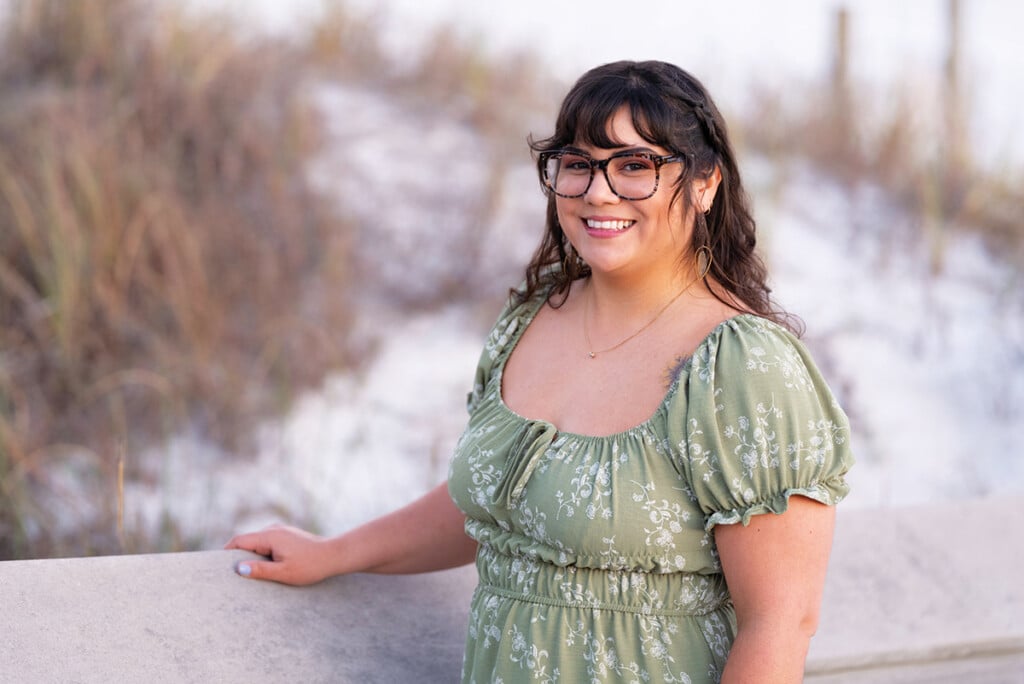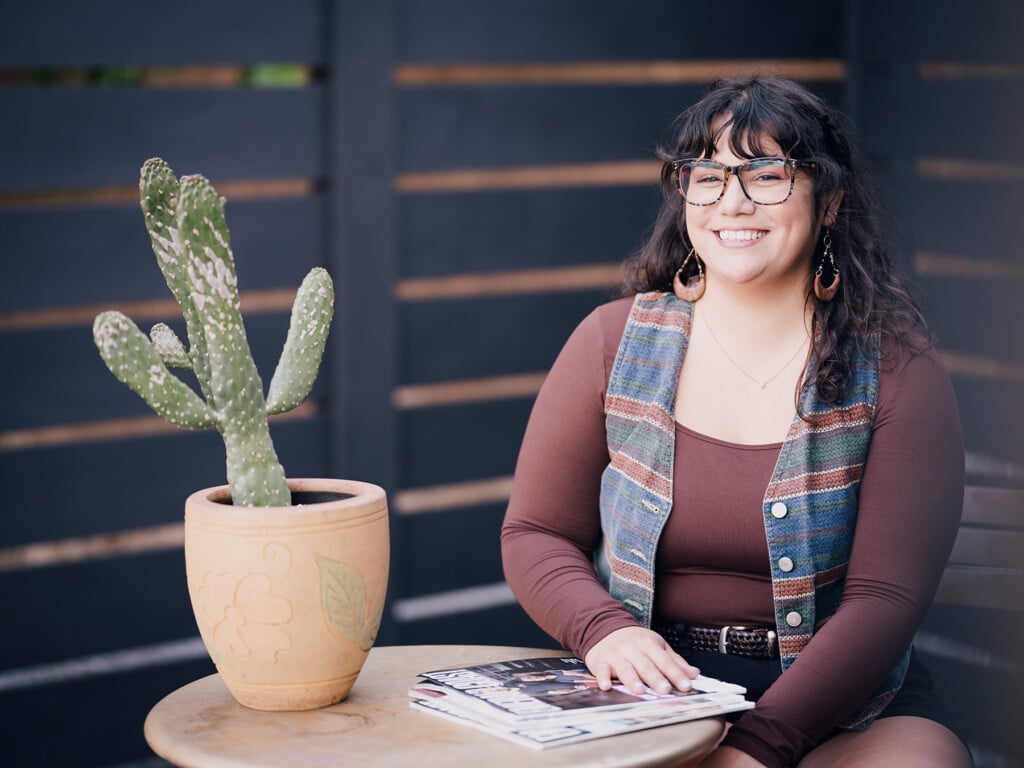Home Is What You Make it
Residential habitats impact our mental health and creativity, might as well make it special

How do you define home?
Is it where you live, where you’re from, or where you wish you were?
For me, home has always been the beach, even while living in other states. I was raised on Emerald Coast landscapes, and I’ve always loved swimming in our clear saltwater.
Living in Massachusetts, Kansas, Alabama, Tennessee, and Georgia, I sought sandy expanses in any form, aching for a reminder of home. But East Coast shorelines felt lackluster, cold, and crowded; and inland lake beaches were underwhelming with near-stagnant water overheated in the shallows by the sun.
Beach visits in other states only left me feeling homesick. I lacked passion for place anywhere but the Sunshine State.
I think that’s how I’ve come to define home—passion. It’s important to love where you live. But we don’t always get to choose our location. Military families, scholars away at university, family members helping with home care—there are many reasons we live in places we don’t feel at home in.
Still, we can curate the home that life has dealt us. We can let our passions inspire our spaces, no matter where we live.
I had a creative writing professor at Columbus State University, the late Dr. Carey Wilkerson, who talked in class one day about how spaces impact our ability to create and our state of mind.
“The places that writers inhabit are probably important,” I recall him concluding flippantly yet seriously. One of those “oh, never mind” type of thoughts where you pump the brakes on an impending or spiraling tangent.
But the thought was already articulated for me. The idea being that you should fill your space with things you love—things you are passionate about. Your home should be curated to your exact taste, not just because it will look nice when visitors come by, but because it can greatly improve your mental state.
A 2021 study by the National Institutes of Health showed that most people have psychological responses to their home environment. Other NIH studies show that lighting, color schemes, and the presence of biophilic elements can impact mood.
It’s been true for me. Sometime around Wilkerson’s classroom rant, I decided to create a dedicated office space for myself and upgraded my desk to a thrifted vintage rolltop, added shelving, and brought in decor. I’ve since moved several times and added to the space with each move. I’ve added plants, many shelves of books, trinkets, and photos. And I prioritize keeping this space clean.
When I bought my current home, I turned that mindset to my space at large. Everything I’ve brought into this house was selected with intention. I seek out items that are durable, comfortable, and attractive to my taste.
It matters, it makes a difference, and it keeps me passionate.
I invite you to find or maintain that passion, too. Curate your ideal space. That could mean reorganization and decluttering; the slow addition of hand-selected items over time of hunting boutiques and vintage shops; or DIY projects for a total redesign.
Whatever curation means for you, know that it is important because you are important.
Be well,
Paige Aigret, Editor
